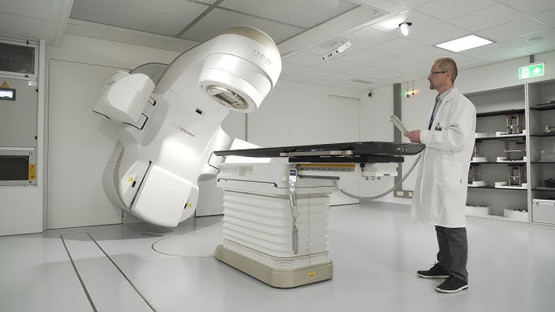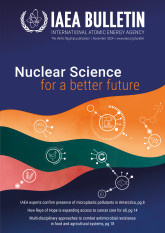Access to clean, sustainable water is a challenge facing many countries. The IAEA Isotope Hydrology Laboratory helps countries manage precious water resources through isotope hydrology techniques, which use naturally occurring isotopes to track water movement and quality. From mapping groundwater supplies to identifying sources of contamination, these techniques are crucial for addressing global water shortages and managing transboundary water resources to ensure sustainable access for future generations.














